Digital Overload: How to Stay Sane in a Hyperconnected World

Digital overload: how to stay sane in a hyperconnected world is a challenge nearly everyone faces today. Our phones, laptops, and constant notifications can make us feel overwhelmed, anxious, and even burnt out. This guide uses simple English, real-life examples, practical tips, and easy-to-follow strategies to help you regain control, boost your well-being, and thrive in a world that never seems to switch off.
What Is Digital Overload?
Digital overload happens when you’re exposed to more digital information, notifications, and screen time than your mind can handle. It’s the feeling of being constantly “on,” unable to escape emails, messages, social media, and endless online content.
Common signs:
- Feeling anxious or stressed by notifications
- Trouble focusing or finishing tasks
- Poor sleep quality
- Feeling tired even after resting
- Losing interest in offline activities
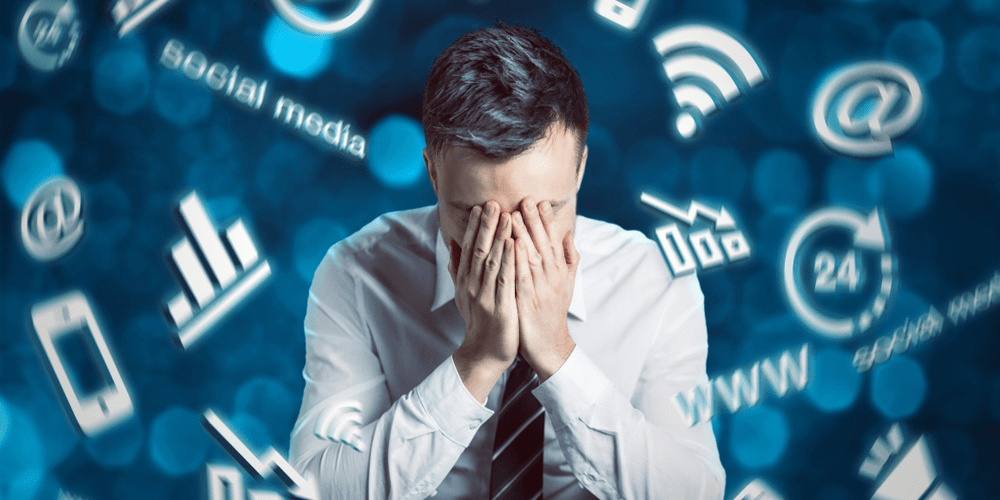
Why Talk About Digital Overload: How to Stay Sane in a Hyperconnected World?
We live in a time when the internet never sleeps. Work emails ping at midnight. Group chats never end. News never stops. This constant flow is great for connection but bad for our brains when it never turns off.
Digital Overload: How to Stay Sane in a Hyperconnected World is not just a nice idea — it’s survival in modern life.
Understanding the Psychology Behind Digital Overload
Digital Overload: Why Our Brains Struggle to Cope
The human brain evolved in an environment vastly different from today’s hyperconnected digital world. Our ancestors faced natural stimuli, but modern technology bombards us with constant notifications, messages, and information streams. This overload triggers a state called cognitive fatigue, where the brain’s ability to process information, make decisions, and regulate emotions diminishes.
- Decision Fatigue: Constantly choosing which message to respond to or which app to open drains mental energy.
- Reward System Hijacking: Social media platforms and apps use notifications and likes to activate dopamine release, creating addictive behaviors that worsen overload.
- Information Overload: When too much data arrives too quickly, our brain struggles to filter what’s important, leading to stress and anxiety.
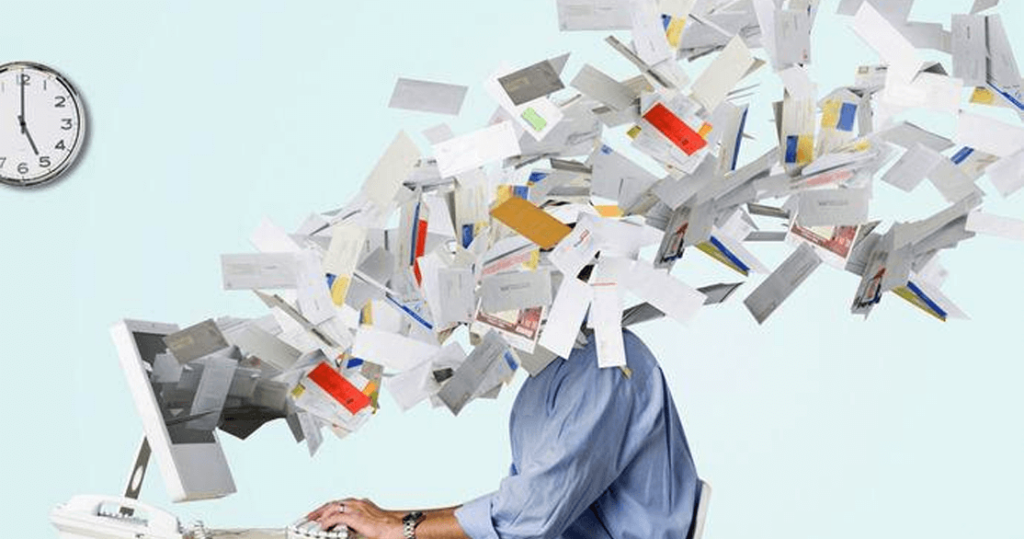
The Role of Attention and Focus
Our attention is a limited resource. Digital overload scatters this precious resource, forcing our brains to switch rapidly between tasks—a phenomenon called task switching. Research shows that frequent switching reduces productivity by up to 40% and increases mistakes.
The Social Impact of Digital Overload
Digital Overload and Relationships
While digital connectivity promises to bring people closer, overload can ironically create distance.
- Reduced Quality Time: Constant phone checking interrupts face-to-face conversations.
- Social Comparison: Social media often shows curated, idealized lives, leading to feelings of inadequacy and loneliness.
- Digital Burnout: Overuse of communication apps can cause withdrawal from social interactions altogether.
Workplace Overload and Burnout
Remote work and digital tools blur boundaries between work and personal life. Employees face:
- Always-on Culture: Pressure to respond immediately to emails and messages.
- Zoom Fatigue: Exhaustion from continuous video calls.
- Reduced Downtime: Difficulty disconnecting leads to chronic stress and burnout.
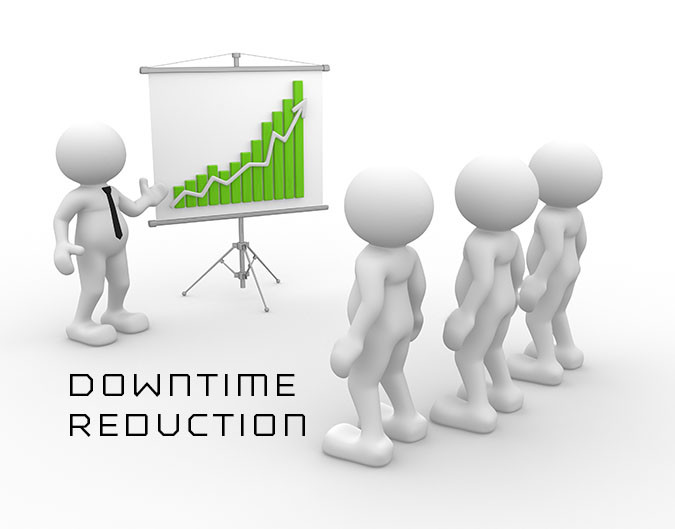
Technology’s Double-Edged Sword: Balancing Benefits and Risks
How Technology Can Help Manage Digital Overload
While technology is a source of overload, it also offers tools to combat it:
- Focus Apps: Tools like Forest or Freedom help block distracting sites.
- Notification Management: Smartphones allow customizing which alerts to receive.
- Mindfulness and Meditation Apps: Headspace and Calm guide users through stress relief.
- Screen Time Trackers: Built-in features on iOS and Android help monitor and limit usage.
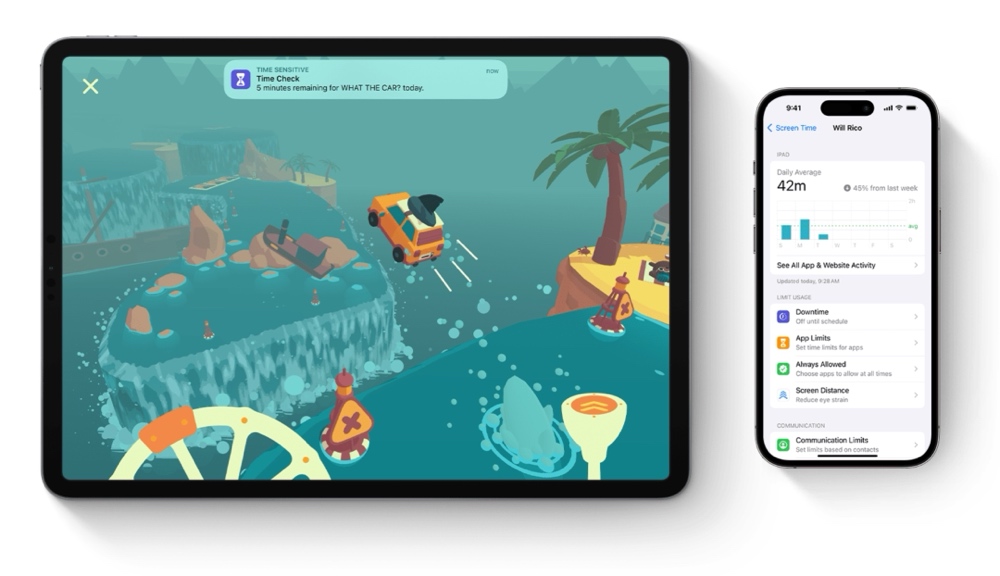
Designing Tech for Mental Health
The tech industry is increasingly aware of overload risks. Emerging trends include:
- Digital Wellbeing Features: Devices now include “Do Not Disturb” modes and bedtime reminders.
- Ethical Design: Some companies focus on reducing addictive features.
- User Empowerment: Educating users on healthy digital habits.
Deep Dive: Strategies for Different Groups
Digital Overload and Students
Students face unique challenges with remote learning, online assignments, and social media distractions.
- Case Study: A university implemented “tech-free zones” on campus, resulting in improved focus and mental health.
- Tips: Schedule specific study times, use apps to block social media during classes, and prioritize offline breaks.
Digital Overload and Parents
Parents juggle managing their own screen time while monitoring their children’s digital habits.
- Case Study: A family introduced “screen-free Sundays,” enhancing family bonding and reducing stress.
- Tips: Set clear rules for device use, encourage outdoor activities, and model healthy habits.
Digital Overload and Professionals
Professionals must navigate email overload, meetings, and multitasking demands.
- Case Study: A company adopted “email-free Fridays,” boosting productivity and employee satisfaction.
- Tips: Batch emails, schedule focused work blocks, and communicate clear availability.
Visual Aid: Daily Digital Overload Breakdown
| Activity | Average Time Spent (hours) | Impact on Overload |
|---|---|---|
| Social Media Browsing | 2.5 | High (constant notifications) |
| Email Checking | 1.5 | Medium (work-related stress) |
| Video Calls | 1 | High (Zoom fatigue) |
| News Consumption | 1 | Medium (information overload) |
| Entertainment (Streaming) | 2 | Low to Medium (relaxation vs distraction) |
Quotes from Experts and Users
“Our brains were not designed for the constant barrage of digital stimuli we face today. Managing digital overload is essential for mental health.” — Dr. Emily Roberts, Cognitive Psychologist
“After reducing my screen time and turning off notifications, I felt more present and less anxious.” — Sarah, Remote Worker
Additional Tips for Long-Term Digital Wellness
- Create Morning and Evening Rituals: Avoid screens first thing and before bed.
- Practice Mindful Consumption: Choose content that adds value and joy.
- Engage in Physical Activity: Exercise helps reset the brain and reduce stress.
- Seek Support: Talk to friends, family, or professionals if digital overload affects your mental health.
Key Features of Digital Overload
- Constant notifications: Emails, texts, and app alerts never stop.
- Information flood: Endless news, social media, and online content.
- Multitasking: Switching between apps, tabs, and devices all day.
- Blurred boundaries: Work, social, and personal life all mix together.
- Fear of missing out (FOMO): Worrying you’ll miss something important.
How Digital Overload Affects Your Mind and Body
Digital Overload: How It Impacts Mental Health
- Anxiety and stress: Too much screen time and pressure to respond quickly can cause anxiety and a constant sense of urgency.
- Attention fatigue: Your brain gets tired from switching tasks and processing endless information, making it hard to focus or remember things.
- Sleep problems: Blue light from screens and late-night browsing can disrupt your sleep, making you feel tired and irritable.
- Low self-esteem: Social media can make you compare yourself to others, leading to feelings of inadequacy or loneliness.
- Burnout: Too much digital work and not enough breaks can lead to exhaustion and loss of motivation.
Digital Overload vs. Healthy Digital Use
| Feature | Digital Overload | Healthy Digital Use |
|---|---|---|
| Notifications | Constant, distracting | Controlled, only important alerts |
| Screen Time | 7+ hours/day, scattered | 2–4 hours/day, purposeful |
| Focus | Multitasking, fragmented | Single-tasking, deep focus |
| Sleep | Disturbed by late-night device use | Good, devices off before bed |
| Mood | Anxious, stressed, tired | Calm, energized, positive |
| Social Life | More online, less real connection | Balanced online and offline |
| Productivity | Lower, easily distracted | Higher, clear priorities |

Case Studies: Real-Life Stories of Digital Overload
Case Study 1: The College Student
A university student spent over 10 hours a day online, juggling classes, social media, and streaming. She felt tired, anxious, and had trouble sleeping. After trying a digital detox, her mood and focus improved.
Case Study 2: The Remote Worker
A remote employee checked emails late into the night, leading to burnout. Setting boundaries and tech-free evenings helped restore work-life balance.
Case Study 3: The Social Media Addict
A young adult compared herself to influencers daily, feeling inadequate. Unfollowing negative accounts and reducing screen time boosted her confidence.
Case Study 4: The Parent
A mother noticed her child’s mood and grades dropping due to constant gaming and YouTube. Together, they set screen time limits and spent more time outdoors, improving family life.
Case Study 5: The Entrepreneur
A business owner managed multiple chats and emails, feeling overwhelmed. By using a single platform for communication and scheduling “do not disturb” hours, his productivity soared.
Case Study 6: The Digital Detox Challenger
Participants in a digital detox challenge reduced screen time from 6+ hours to under 2 hours a day. They reported better sleep, more hobbies, and improved mood.
Case Study 7: The Student During Lockdown
During COVID-19, a student felt “online fatigue” from endless virtual classes and socializing. Taking breaks and doing offline hobbies helped her cope.
Case Study 8: The Employee Facing Burnout
A worker in a fast-paced company felt constant pressure to respond to digital messages. After discussing boundaries with the team and using mindfulness apps, his stress levels dropped.
How Digital Overload Hurts Health
Digital overload can cause:
- Eye strain: Staring at screens too long dries eyes.
- Sleep problems: Blue light messes with sleep hormones.
- Anxiety: Too much news and messages raise stress.
- Neck pain: “Tech neck” from looking down.
- Less focus: Switching apps ruins deep work.
- Burnout: No real rest, just endless screens.
Practical Tips: How to Stay Sane
- Set Screen Limits: Use apps that block or track time.
- Turn Off Notifications: Only keep the must-have ones.
- Create Phone-Free Zones: Like the dining table or bedroom.
- Unfollow or Mute: Clean up social media.
- Use “Do Not Disturb”: For work blocks or sleep time.
- Plan Screen-Free Time: Walk, read a paper book.
- Follow 20-20-20 Rule: Rest your eyes.
- Talk Face to Face: Call people instead of endless texting.
- Have Tech-Free Hobbies: Art, cooking, sports.
- Take Real Breaks: No scrolling — just breathe.
How Companies Can Help
Businesses can help people fight digital overload:
- No emails after work hours.
- Flexible work times.
- Mental health breaks.
- Clear work/home boundaries.
- No unnecessary group chats.
- Training on healthy screen use.
How Families Can Help
- Eat meals together without phones.
- Make rules: no phones before bed.
- Do fun things offline together.
- Talk about the good and bad of screens.
Pros and Cons Table
| Pros of Digital Connectivity | Cons of Digital Overload |
|---|---|
| Easy access to information | Anxiety, stress, and burnout |
| Global communication | Disrupted sleep and attention fatigue |
| Remote work and learning | Lower productivity from multitasking |
| Instant entertainment and news | FOMO, social comparison, low self-esteem |
| Flexible schedules | Blurred work-life boundaries |
| New opportunities and skills | Privacy and data security risks |
Tips and Strategies to Stay Sane
Digital Overload: Practical Tips for a Healthier Digital Life
1. Practice Digital Detoxes
- Take regular breaks from screens—during meals, before bed, or on weekends.
- Try a “tech-free” day or evening each week.
2. Set Boundaries
- Turn off non-essential notifications.
- Schedule set times for checking emails and social media.
- Create tech-free zones at home (bedroom, dining area).
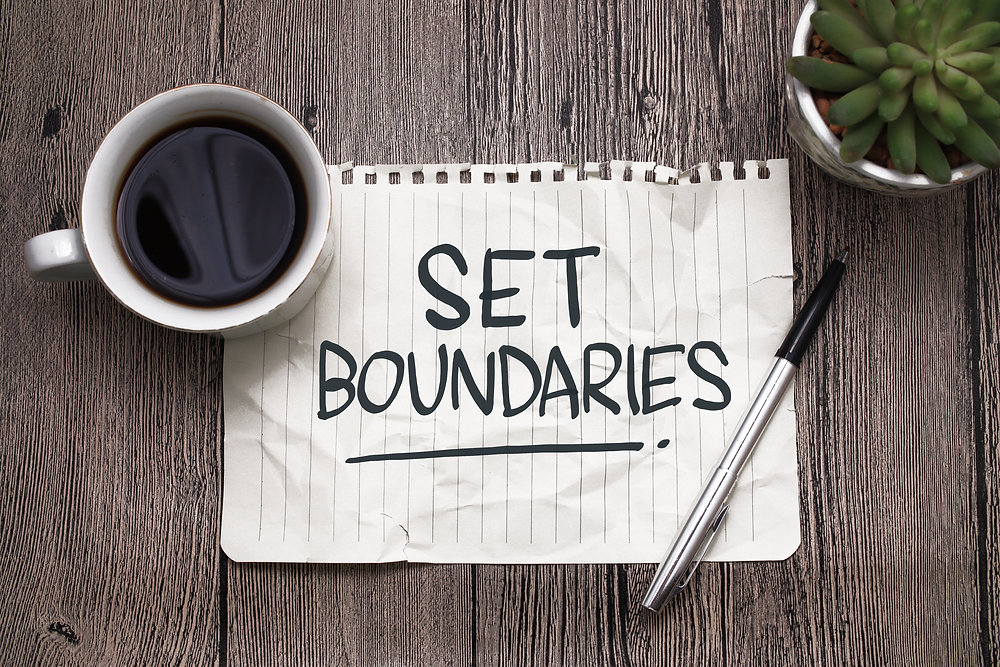
3. Use Technology Mindfully
- Track your screen time with apps and adjust habits accordingly.
- Focus on quality, not quantity—keep only essential apps and follow positive accounts.
4. Limit Multitasking
- Work on one task at a time to boost focus and productivity.
- Use the Pomodoro technique: 25 minutes of focused work, then a 5-minute break.
5. Curate Your Digital Environment
- Unsubscribe from unnecessary emails and clean up your digital space.
- Unfollow or mute negative social media accounts.
6. Prioritize Offline Activities
- Spend time outdoors, read books, or pursue hobbies that don’t involve screens.
- Connect with friends and family in person when possible.
7. Improve Sleep Hygiene
- Avoid screens at least one hour before bedtime.
- Use “night mode” to reduce blue light if you must use devices.
8. Communicate Your Needs
- Let coworkers and loved ones know your digital boundaries.
- Encourage your workplace or school to support healthy digital habits.
Frequently Asked Questions (FAQ)
1. What is digital overload?
Digital overload is when you’re exposed to more digital information and screen time than your mind can handle, leading to stress and fatigue.
2. How does digital overload affect mental health?
It can cause anxiety, depression, sleep problems, and lower self-esteem.
3. What are signs I need a digital detox?
Feeling tired, anxious, distracted, or unable to sleep are common signs.
4. How can I set boundaries with technology?
Turn off notifications, schedule tech-free times, and create device-free zones at home.
5. Does multitasking online hurt productivity?
Yes, multitasking can reduce productivity by up to 40% and make it harder to focus.
6. Can digital overload affect my physical health?
Yes, it can lead to eye strain, headaches, poor sleep, and even burnout.
7. How can families manage digital overload together?
Set shared screen time rules, plan offline activities, and talk openly about digital habits.
8. What are some easy ways to start a digital detox?
Start with small breaks, like no screens during meals or one tech-free evening per week.
9. Is all digital connectivity bad?
No, technology brings many benefits, but balance and mindful use are key.
10. What if I need technology for work or school?
Use tools to manage time, set clear work hours, and take regular breaks to protect your well-being.
Conclusion
Digital overload: how to stay sane in a hyperconnected world is about finding balance. By setting boundaries, practicing digital detox, and focusing on real-life connections, you can enjoy the benefits of technology without letting it control your life. Start small, be mindful, and remember: your well-being comes first.




